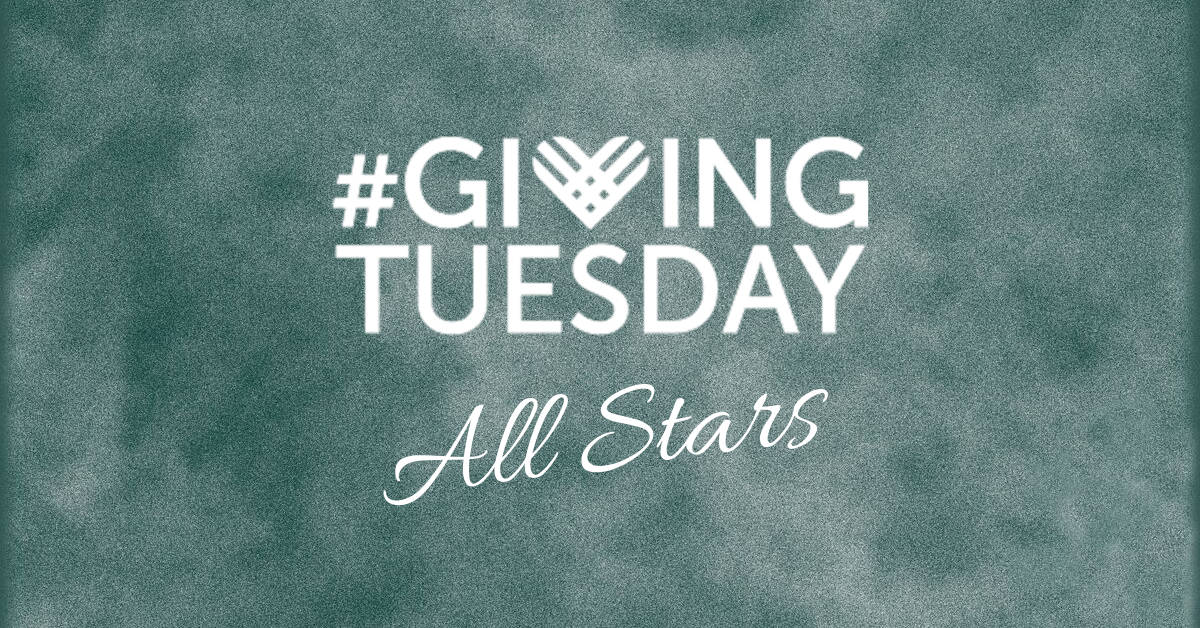min read
2020 is upon us. New year, new decade, new start! Now is the time to take a look at your fundraising program and determine what habits have been serving your community, and those that haven’t. These six are a good start on practices to ditch and leave behind in 2019.
1. Poor donor communication and appreciation
Everyone loves that friend who sends a thank you card for a birthday gift. It feels good to be appreciated! This applies to our donors too. As busy fundraising professionals, we can get so caught up in the fund-raising part of a campaign, that we forget to steward our donors after the campaign ends. Whether it be a personal thank you note, email, thank you video, text message or phone call, there is no wrong way to say thanks. If you are unsure of the best stewardship channel, consider thanking your donor in the same way that they made their gift, and if you are a part of a larger institution with a stewardship team, make sure to communicate with your colleagues to ensure that you are not duplicating efforts.

Also consider sharing updates with your donors beyond thanking and asking for gifts. Fundraising is a relationship business, and by sharing updates about initiatives a supporter cares about, you demonstrate that their value and commitment goes beyond the cash. If you have giving initiatives on a Community Funded page, you can share updates in the “updates” tab of your initiative and our system will automatically email your past supporters. This will help keep your donors in the loop on important issues and help to build a culture of philanthropy among your network.
2. Soliciting based on a supporter’s assumed interest (degree, club membership, etc.) instead of their giving history
A donor’s giving history is the donor telling us how they would like to spend their money within your institution. Yes, other data points and donor information may show a donor’s interests and offer good engagement ideas for soliciting a gift; however, if a donor has always made a gift to the engineering division, it wouldn’t be donor-centric to solicit their annual gift for the arts division. Think about it… if for the past 3 years your partner told you that they’d prefer chocolate cake on their birthday, would you get them a vanilla cake this year?

3. Neglecting an online giving option on your reply device
In the age of ApplePay, Paypal, and stored billing information, we almost assume that there will be an option to engage online (if not the only option…). Direct mail does hold strong participation rates for many institutions and non-profits, however, offering the ease of giving online as an option on solicitations helps bridge the 21st-century gap in giving and creates a multi-channel approach from a single-channel solicitation.
If your technology allows, try creating a friendly URL (ex; giving.vsu.edu/psychology) that directs the donor directly to an online giving form with the solicited ask pre-populated as the place to give to. Then you can even track who is giving from that solicitation.
4. A single-channel approach
Although digital is the new craze, and many institutions are focusing strong efforts on their digital giving strategies, there are still many donors that prefer to give via direct mail and phone calls. Being donor-centric is really about meeting our donors where they are and how they prefer to make their gift. By having a multi-channel approach and creating campaigns that target donors from their preferred giving channel, fundraisers can help ensure that no gift is left behind!

When creating your initial solicitation content, keep a multi-channel approach in mind so that your content can be used across more than one channel. If you are unsure of a donor’s preferred giving channel, consider making it a standard practice of always following a direct mail piece with an email, or a crowdfunding campaign with a direct mail piece that includes a link to give. That way you are presenting supporters with more than one way to make a gift and reminding them of the solicitation that is at the bottom of their bill pile.
5. Unused data
Have you recently sent a donor survey but have yet to analyze the results? Does your institution have a “reason for giving” question on your giving form? As fundraisers, we are always looking for unique ways to gather more information about our donors and find out what compels them to make a gift. This data can tell you valuable information about your supporters, and that data left untapped can be funds left on the table.
Analyze the data that you already have, and even consider working with a trained data analyst to uncover hidden information about your unique donor trends and interests. This can help your institution solicit supporters for areas of your organization that they are actually inclined to give too and through their preferred way of giving.
6. Non-mobile friendly giving forms
According to Non-Profit Source, by 2018, mobile devices accounted for 57% of all internet traffic and 25% of donors complete their donations on mobile devices. Technology permitting, do a deep dive into your online giving form and make sure that it is mobile friendly and easy to use on a mobile device.

This important information applies to email solicitations too. According to a study performed by Constant Contact, emails that had no more than 20 lines of text or 200 words generated higher click-through rates. Take a look at your word count and see how long it takes to scroll through an email solicitation on your mobile device. If you wouldn’t scroll that long, chances are your supporters won’t either.

Written By: Emily Denning Todd







